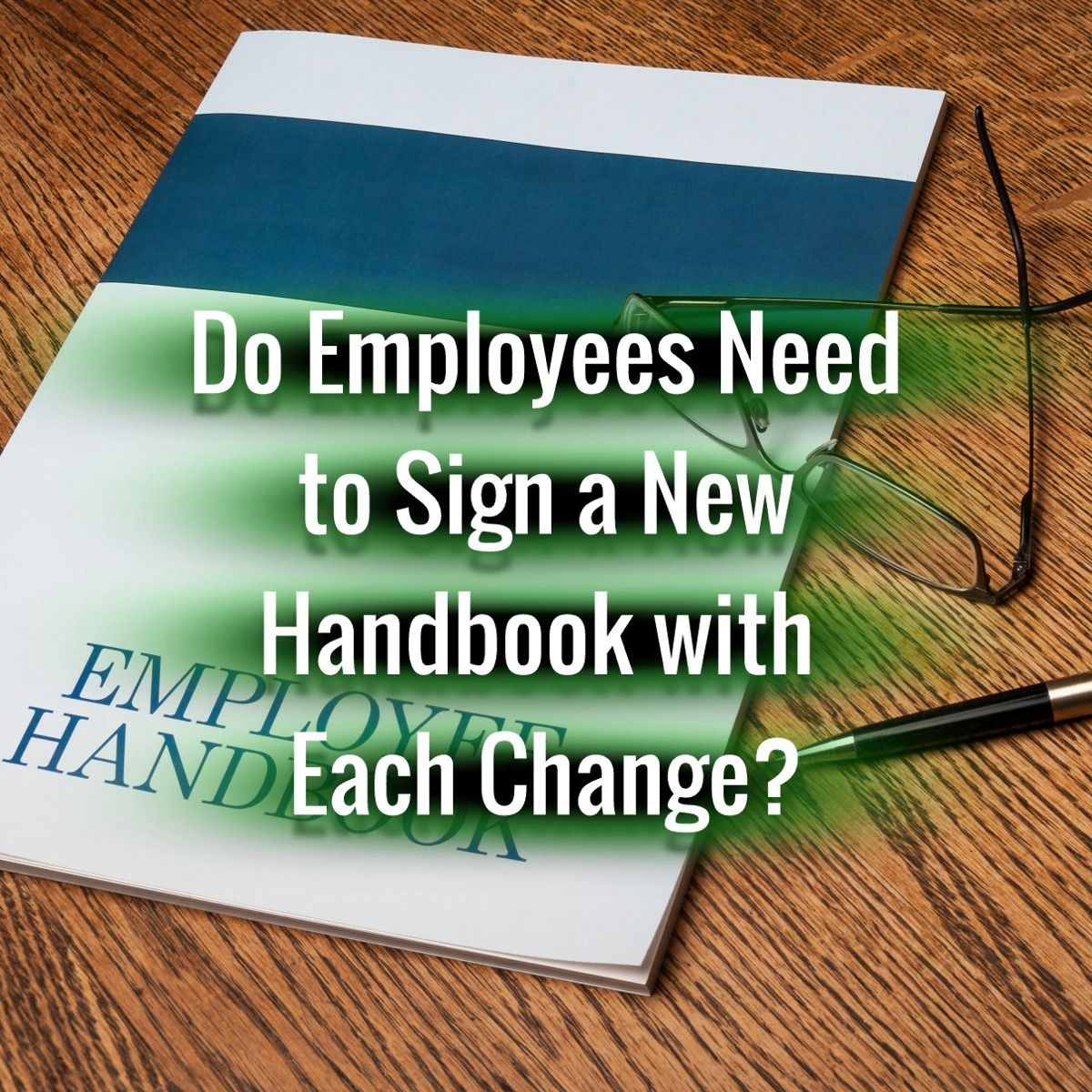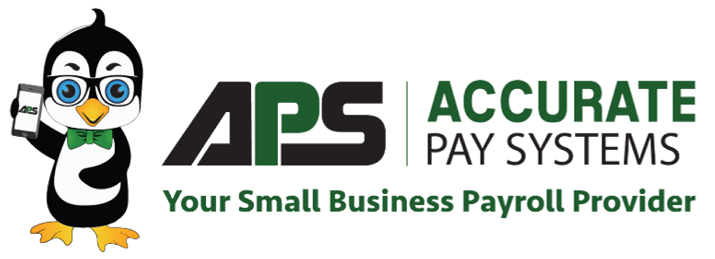Call Us Today! (844) 927-7462
WHAT YOU NEED TO KNOW ABOUT LACTATION ACCOMMODATIONS

WHAT YOU NEED TO KNOW ABOUT LACTATION ACCOMMODATIONS
Breastfeeding employees who are returning to work usually know how much extra work pumping is going to be. They’ve thought about the bulky pump and its multiple attachments, how they can bring it into and out of the workplace inconspicuously, whether they’ll have time and a private spot to express milk, and where they’ll be able to store the equipment and their milk.
Employers can ease their minds and make their return to the workplace a less stressful experience by being thoughtful about the lactation accommodations they will provide. Lactation accommodations may feel complicated, but the requirements are actually fairly straightforward. Here are the basics you need to know.
Federal Law
The Fair Labor Standards Act (FLSA) requires all employers to provide reasonable break time and a private place that is not a bathroom for employees to express breast milk during work hours for one year after their child’s birth.
This time doesn’t have to be paid except to the extent that it runs concurrently with other paid break time. For example, if an employee would normally get a 15-minute paid break, but needs 30 minutes to pump, the first 15 minutes would be paid while the second 15 minutes could be unpaid. Note, however, that you shouldn’t be any stricter about timing for an employee taking a lactation break than you would be with an employee taking a regular break. So, if you actually allow people to take 20-minute paid breaks (even if your policy says 15), lactation breaks should be afforded the same leeway.
Employers that have fewer than 50 employees don’t have to provide these accommodations if doing so would be an undue hardship—this means it would cause significant difficulty or expense, which is a high threshold to reach. Federal law also prohibits retaliating against employees for taking lactation breaks.
Recent Updates to Federal Law
Enacted this past December, the Providing Urgent Maternal Protections for Nursing Mothers Act, or PUMP Act, expands the current federal requirements to now cover exempt employees as well as nonexempt employees. This law applies to employers of all sizes but (still) has an exception for employers with fewer than 50 employees if they can show that providing accommodations would cause an undue hardship.
Along with the PUMP Act, Congress also passed the federal Pregnant Workers Fairness Act. As a result, starting in June of 2023, employers with 15 or more employees will need to accommodate employees’ and applicants’ known limitations related to pregnancy, childbirth, or related medical conditions unless it would create an undue hardship. Employers also cannot take any adverse action against an employee or applicant for requesting or using an accommodation.
Previously under federal law, employers usually only had to provide reasonable accommodations for pregnant employees and applicants if they also provided accommodations to other employees who were similar in their ability or inability to work due to a disability.
State and Local Laws
Many state and local laws offer protections to lactating employees that go above and beyond what is required by federal law. For instance, a common requirement is that employers provide lactation breaks for longer than one year. Some states set an age limit at two or three years, while others don’t set a maximum age at all. And at least two states have provisions requiring lactation breaks to be paid.
A growing number of states also have broad pregnant workers’ fairness laws. These laws generally entitle employees to pregnancy-related accommodations, such as seating, lifting restrictions, more frequent breaks, and flexible schedules, unless the accommodation would cause the employer an undue hardship. Employers generally can’t require a doctor’s note to prove that the pregnant employee needs these accommodations.
Lactation Break Logistics
Here are some requirements and best practices that we recommend as the minimum standard for creating a supportive environment for lactating employees:
- Provide a private, clean, and secure space. A private room, separate from a bathroom, should be designated for employees to express milk (this doesn’t have to be the only thing the space is used for, though lactation should be given priority). This room should have a comfortable chair, a flat surface for the pump, and an electrical outlet. The room should also have a lock and be free from interruptions. The Health and Human Services Office on Women’s Health offers solutions for employers that are short on space.
- Ensure access to refrigeration. An employee’s milk will need to be refrigerated until they go home. Make sure they have access to a refrigerator for this purpose, located close to the pumping room, if possible. If you can’t provide a separate fridge that is convenient for the lactating employee, they must be allowed to use a communal fridge for storage.
- Offer flexible break time. Employees need time to express milk, and this time needs to be provided on a schedule that works best for them. The frequency and duration of lactation breaks will vary depending on the employee and can change over time. Employers can generally expect an employee to need two or three lactation breaks in an eight-hour workday and for each break to last around 30 minutes. Expressing milk usually takes 15 to 20 minutes—additional time is needed to set up the pump before and clean the pump attachments after.
- Educate and support. Share your lactation policies and procedures with employees. The employee handbook is a good place to do this. If an employee needs assistance overcoming any obstacles to pumping at work, be prepared to answer questions and propose solutions.
- Remember that remote workers need time too. Remote workers who are lactating will also need time to pump or breastfeed. Make sure they have the same schedule flexibility as those who are in the workplace.
Policies
If needed, create or revise your current policies on breastfeeding and expressing milk in the workplace. A well-crafted policy will be specific to your workplace, and tell employees about:
- The flexibility allowed in their work schedules for lactation
- The designated location or locations they can use to pump
- Where the employee can store their breast milk
- Whether they have the option of continuing to work while pumping
- Whether any part of their lactation breaks will be paid (obviously, if they do continue to work while pumping, that time must be paid)
This Q&A does not constitute legal advice and does not address state or local law.
Tags: AccuPayInc, Employees, HR, Michigan, Payroll, Small Business, Staff









Phone: (844) 927-7462 | Email: cmarsh@accupayinc.com

